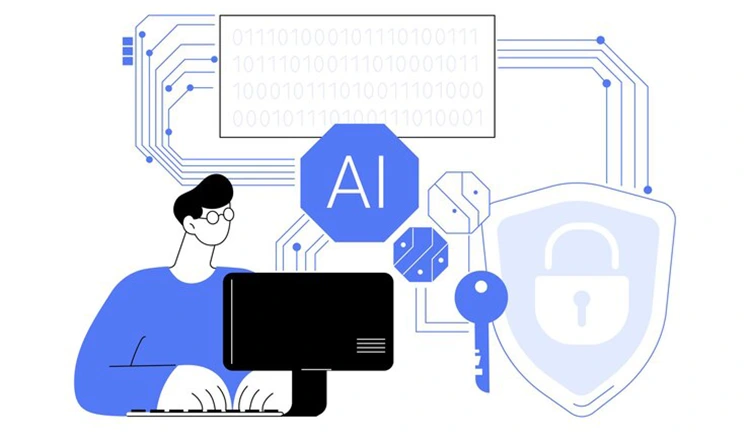Balancing AI Innovation and Security

AI is reshaping contact centers, but innovation must pair with security to succeed. This article explores humanizing AI, autonomous AI risks, voice security, and compliance strategies to drive progress while protecting customers in 2025.
Humanizing AI for Better Service
AI empowers agents by delivering real-time insights, personalizing interactions. For a customer seeking support, AI pulls their history, suggests fixes, and drafts responses, letting agents focus on connection. Analytics tailor interactions, like offering loyalty perks, meeting high customer expectations. Chatbots handle routine tasks with conversational tones, enhancing efficiency.
Humanizing AI means designing natural interactions. Program systems to use empathetic language, like “I’m sorry for the trouble—let’s fix it!” Feedback ensures AI aligns with customer needs, creating authentic experiences. This builds trust, turning calls into loyalty opportunities.
Managing Autonomous AI Risks
Autonomous AI’s decision-making streamlines workflows but invites fraud, like deepfake scams. Training agents to spot suspicious patterns—like unusual requests—mitigates risks. Cryptographic verification confirms identities, blocking unauthorized AI actions. A risk matrix prioritizes threats, focusing on data breaches.
Security drills simulate fraud, like fake AI-driven calls, keeping teams sharp. Limiting AI’s autonomy in sensitive tasks, like account changes, ensures human oversight. This balance harnesses AI’s power while protecting operations, maintaining customer confidence.
Securing Voice Channels
Voice fraud, fueled by AI, targets contact centers. Voice firewalls block suspicious calls, while authentication verifies callers via biometrics or device signatures. Fraud detection analyzes patterns, catching synthetic voices. Training agents to identify fraud—such as inconsistent details—strengthens defenses. Routing high-risk calls to fraud teams reduces breaches, ensuring secure interactions that support AI innovation.
Compliance as a Foundation
AI compliance tools monitor interactions, ensuring adherence in regulated industries. They flag risks, like missing disclosures, and optimize strategies, like scripts improving satisfaction. Compliance supports innovation by building trust, ensuring data security across channels. Training reinforces standards, keeping teams aligned with regulations.
The Balance
Humanize AI with personalization and training. Secure voice channels with firewalls and authentication. Manage autonomous AI risks with verification and drills. Prioritize compliance for trust and efficiency. This balance drives innovation and security, creating a resilient contact center in 2025.


